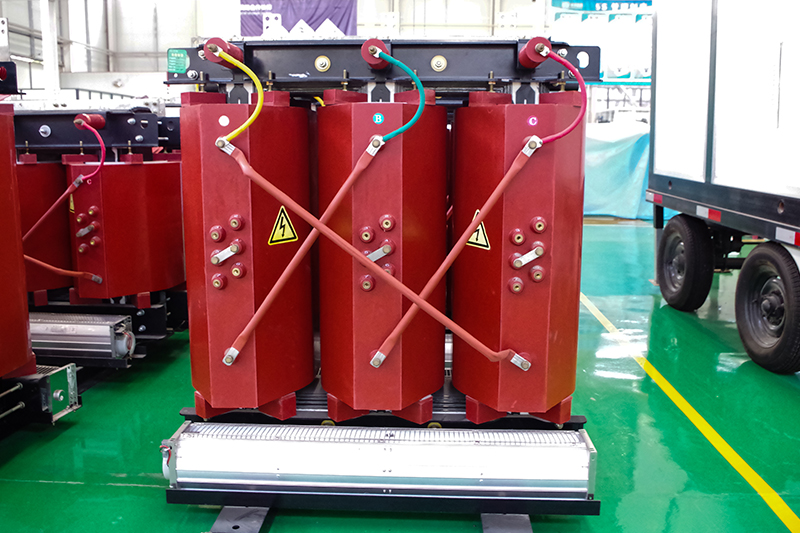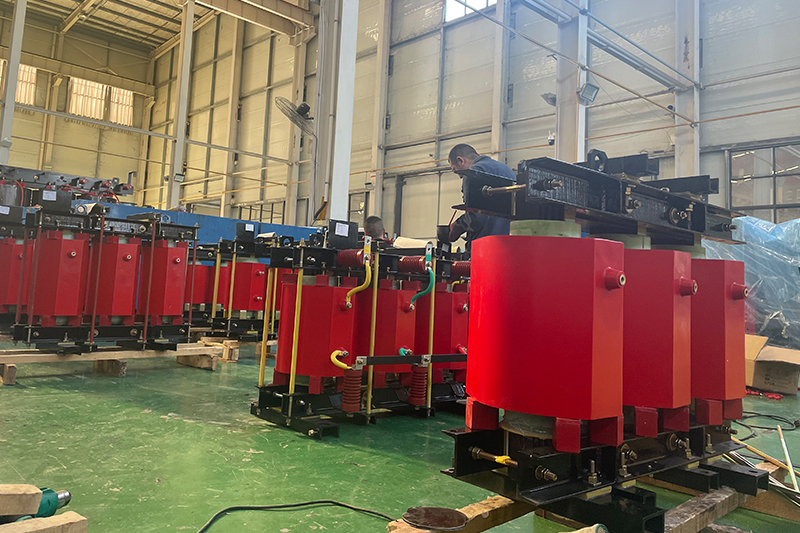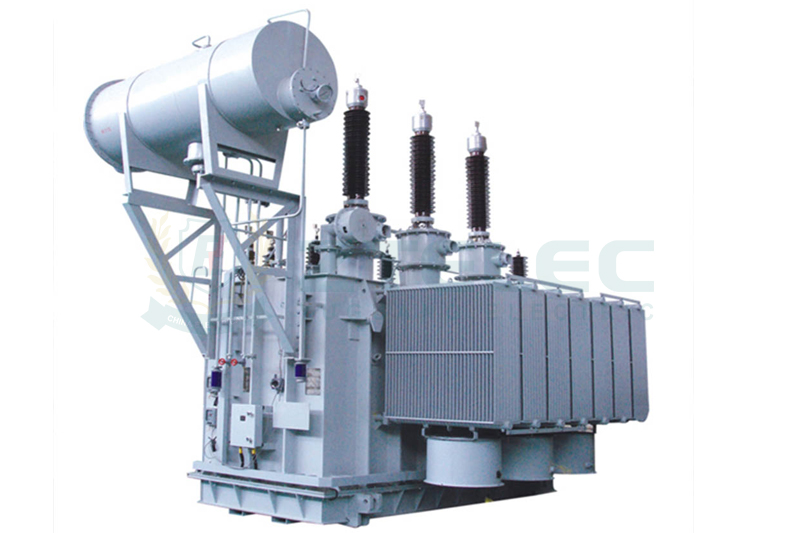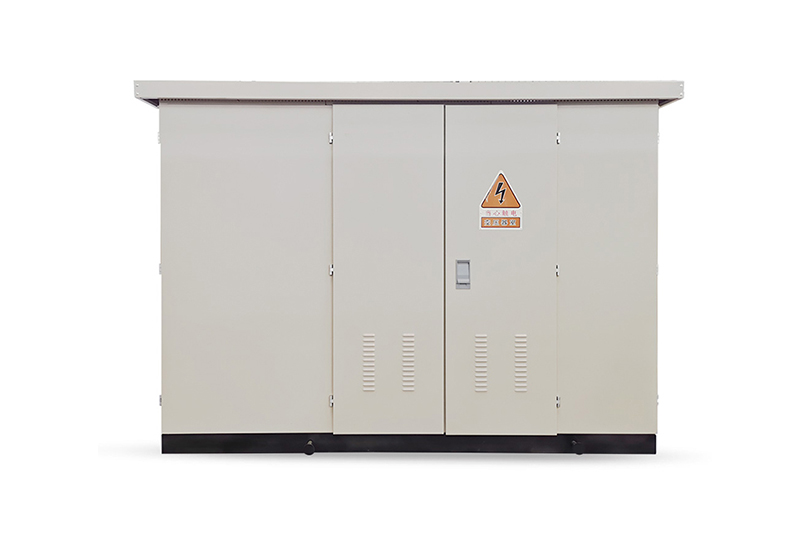Epoxy-Cast Dry-Type Transformers vs Reactors: Key Differences and Functional Roles
Time:2025-08-1 Auther:ZTelec-www.ztelectransformer.com
Epoxy-cast dry-type transformers and reactors are both essential electromagnetic components in modern power systems. While they share certain constructional principles, their core functions, structural configurations, and energy processing mechanisms differ significantly. This article explores these differences in depth from three perspectives: function, structure, and energy handling characteristics—offering power engineers clear guidance for equipment selection, application, and system optimization.

1. Functional Differences
Epoxy-Cast Dry-Type Transformers: The primary role of a dry-type transformer is voltage transformation. Through the principle of electromagnetic induction, it transfers electrical energy from the primary winding to the secondary winding while either stepping voltage up or down. It acts as a central energy transfer hub in power transmission and distribution systems.
Reactors: Reactors serve to regulate current and impedance in circuits. Their functions include:
• Limiting short-circuit current to protect downstream equipment
• Generating inductive reactance to stabilize voltage
• Filtering harmonics when used in conjunction with capacitors or filters
For example, in the event of a short circuit, a series reactor immediately increases the loop impedance, limiting fault current levels and ensuring the system remains stable and operational.
2. Structural Differences
Epoxy-Cast Dry-Type Transformers
Winding Configuration: These transformers use a two-winding (primary and secondary) setup. Energy is transferred between the windings via electromagnetic coupling, with the turn ratio defining the voltage ratio.
Core Design: They typically feature a closed magnetic circuit made from laminated silicon steel, reducing magnetic reluctance and improving energy efficiency.
Encapsulation: Windings and the magnetic core are vacuum-cast with epoxy resin, forming a sealed structure. This offers superior insulation, moisture resistance, and environmental protection—ideal for indoor and humid environments.

Reactors
Winding Configuration: Reactors typically have a single coil. Unlike transformers, they do not require secondary windings, as they rely solely on the inductive property of a single winding.
Core Characteristics: Reactor cores often include an intentional air gap. This air gap prevents magnetic saturation and ensures a stable inductance even under high current conditions. The air gap is critical for maintaining linearity in performance.
Types of Reactor Structures:
• Air-Core Reactor: Constructed without an iron core, using a solenoid-style winding. It provides stable inductance with no saturation, suitable for high-frequency or high-current systems.
• Iron-Core Reactor: Includes an iron core to enhance inductance. Often used in lower frequency and lower current applications. The air gap design in iron-core reactors balances inductance with saturation protection.
• Advanced Designs: Some reactors use multilayer cylindrical windings or epoxy-impregnated fiberglass wrapping to enhance thermal performance and mechanical strength.
3. Energy Handling Characteristics
Transformers: These are designed for efficient energy transmission, not storage. Under full load, a transformer’s excitation current is minimal, and it ideally does not store energy. The focus is on converting energy from one voltage level to another with minimal loss.
Reactors: On the contrary, reactors are built to store and regulate energy. For instance:
• In resonance circuits, reactors store and release magnetic field energy to maintain resonance conditions.
• In rectifier circuits, filter reactors absorb current fluctuations by storing energy, providing a smoother DC output.
This storage function is made possible by the inclusion of air gaps in the magnetic circuit, allowing the reactor to handle energy dynamically without saturating.
While epoxy-cast dry-type transformers and reactors may appear similar in construction, their roles in power systems are fundamentally different. Transformers serve as voltage-converting devices that transfer energy efficiently, while reactors act as inductive components that manage current, impedance, and harmonics—often storing and releasing energy in real time.
Understanding these differences is essential for power engineers, system integrators, and maintenance teams. Making the right choice between these two devices based on functional requirements ensures system safety, stability, and energy efficiency across a wide range of power distribution and industrial applications.




